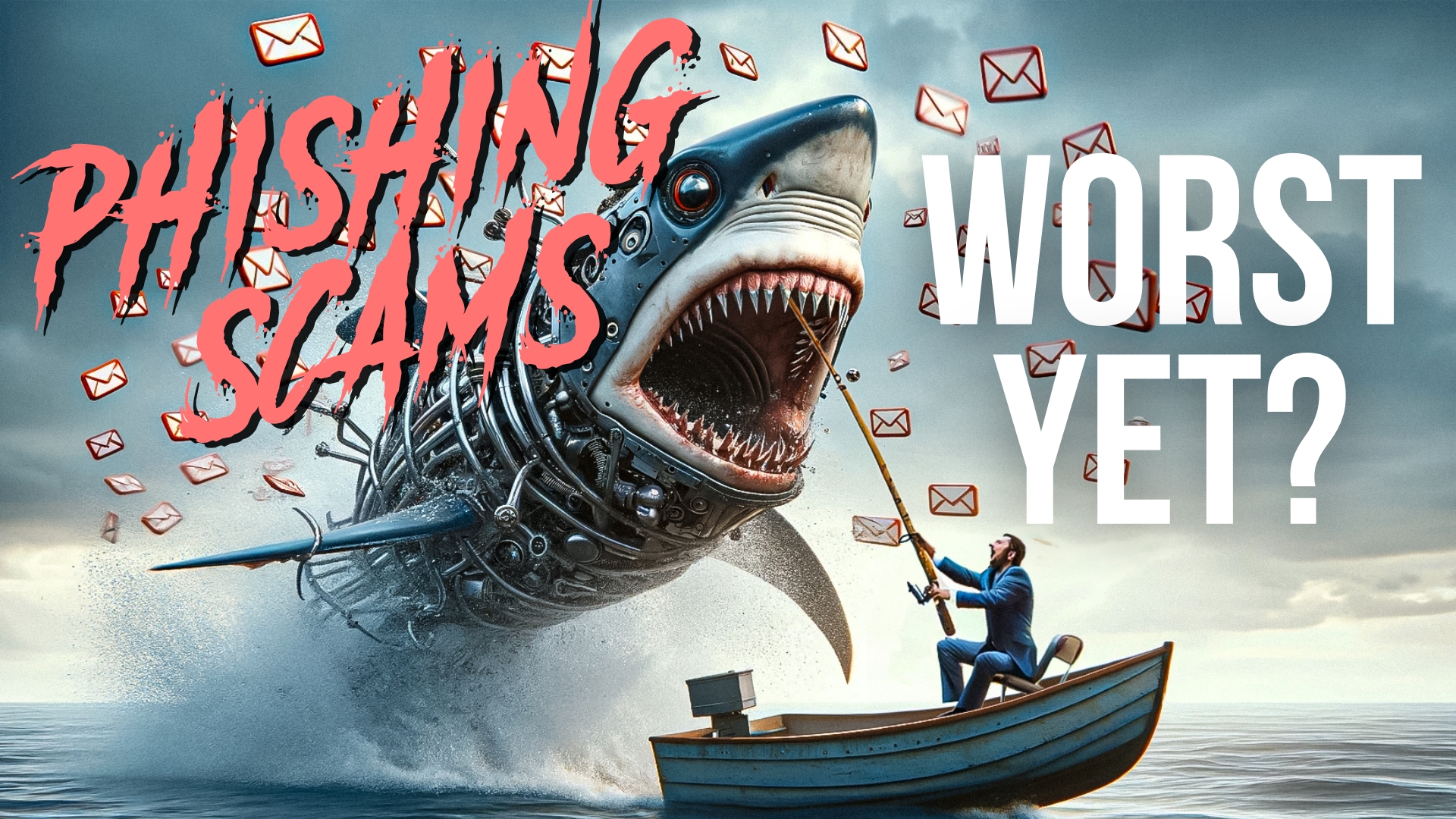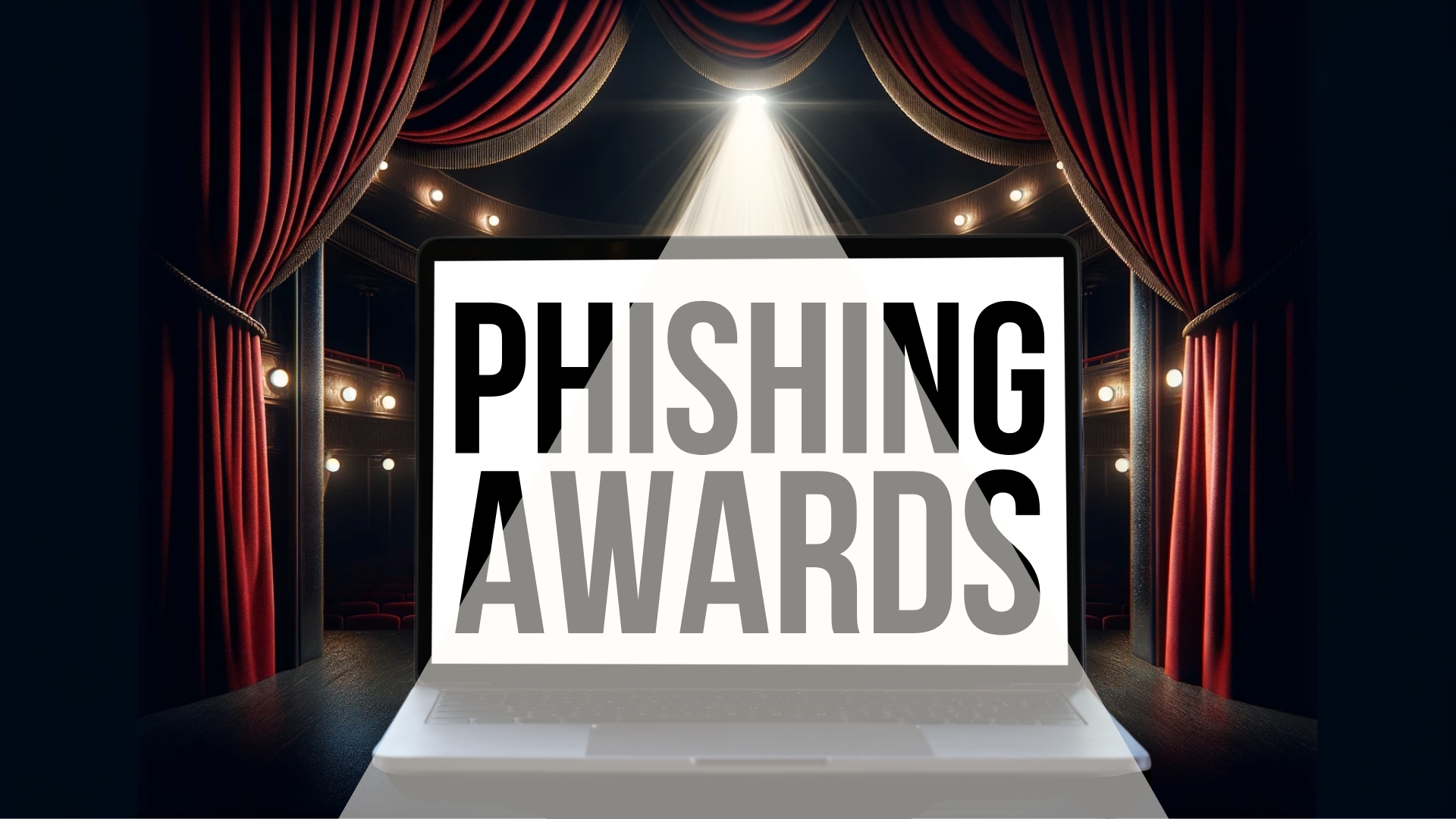Phishing attacks under the guise of Microsoft
Your email inbox is a battlefield, with countless threats hiding in plain sight. Ever thought that a seemingly innocent email from Microsoft might be a potential disaster in disguise?
Microsoft, the tech behemoth we all rely on, has unfortunately become the prime target for imitation in phishing attacks. In these deceptive tactics, cybercriminals send emails with malicious links or attachments, aiming to pilfer your data.
Though Microsoft isn't the perpetrator, it's crucial for you and your staff to be vigilant against anything that appears off.
In 2023's second quarter, Microsoft claimed the top spot as the brand most impersonated by these cybercriminals, accounting for a staggering 29% of all brand-phishing endeavors.
This firmly places Microsoft ahead of its competitors, with Google trailing at 19.5% and Apple at 5.2%. Together, these tech giants represent over half of the total brand imitation attacks observed.
So, how does this impact your enterprise?
While counterfeit emails aiming at the vast user base of Windows and Microsoft 365 are on the rise, awareness and attention can be your best defense against identity and financial breaches.
Although the brands at the top of this notorious list might shuffle over time, the practices of these cyber attackers remains consistent. They craft emails using authentic-looking logos, matching color schemes, and familiar fonts. Their URLs might seem eerily close to the genuine ones. Yet, a keen eye will often spot oddities in their content or domain names—classic red flags of a phishing expedition.
A recent deceitful strategy includes alerts about abnormal sign-in activity on your Microsoft account, nudging you towards a malicious link. Such links aim to snatch everything from your passwords to banking information.
While technology companies continue to be hot topics for these scams, many attackers are shifting focus to financial platforms, including online banking, gift vouchers, and e-commerce receipts. For instance, in the second quarter of 2023, Wells Fargo and Amazon collectively contributed to 8.2% of brand-phishing activities.
How can you fortify your business against these threats?
The strategy is more straightforward than it appears: pause, scrutinize, and discern. Examine URLs, domain names, and email content for inconsistencies.
Should you seek guidance in enhancing your team's threat awareness and security, don't hesitate to reach out to Black Bear MSSP as we provide Cybesecurity training and solutions for businesses of all sizes.

 By
By

